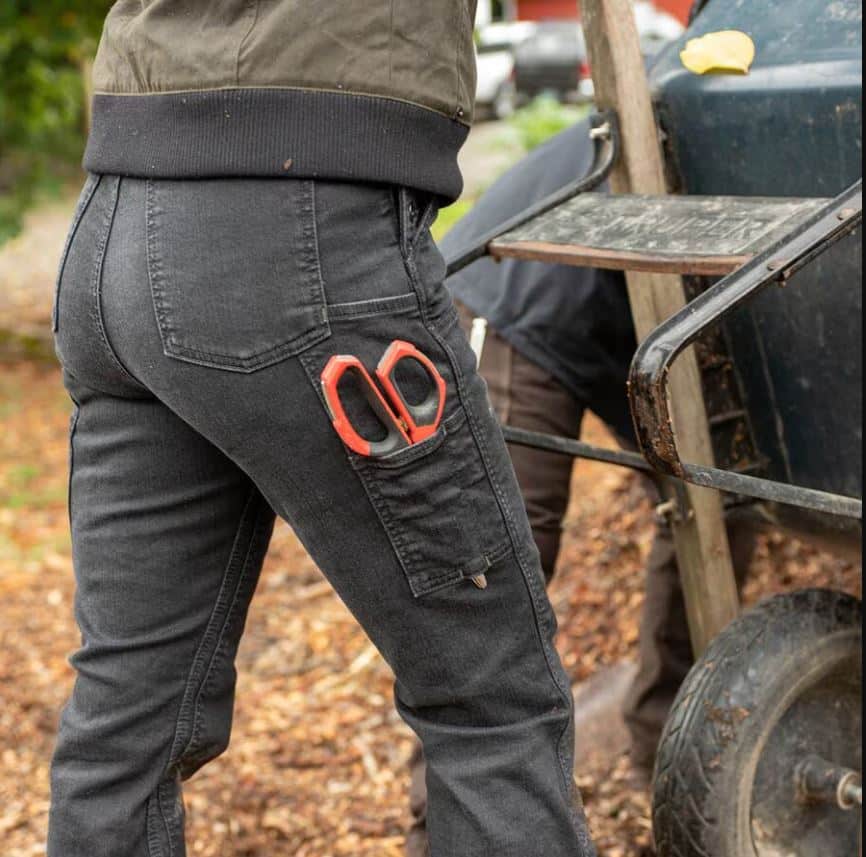It was not that long ago that women working in industrial and safety-focused roles had to make do with ill-fitting, oversized clothing designed for men. If you have ever seen a pair of steel-toe boots that look two sizes too big or coveralls that swallow someone whole, you’ll know the struggle was all too real. Thankfully, times have changed.
The 2010s marked a turning point for women’s workwear, especially in safety industries, as regulatory standards and workplace demands drove the shift.
A Push for Safety and Inclusivity
Occupational safety standards, including those from OSHA (Occupational Safety and Health Administration) and ANSI (American National Standards Institute), made it clear: properly fitting personal protective equipment (PPE) isn’t optional—it is a necessity. For women, wearing oversized or poorly designed workwear was not just uncomfortable; it was dangerous. Baggy sleeves, loose pants, and improperly fitting steel-toe boots created tripping hazards and safety risks in environments where precision and protection are critical.
The message was loud and clear. As a result, businesses began rethinking their offerings to provide better, safer options for women workers.
Demand for Fit and Functionality
The call for better workwear was not just about safety—it was about functionality, comfort, and respect. Women in industrial roles started voicing their concerns: why should they have to “make do” when men had workwear tailored to their needs?
Brands responded. Companies began investing in research to design safety garments that fit women’s bodies properly, accounting for different shapes, proportions, and need of movement.
This led to the launch of women-specific safety gear like flame-resistant clothing, high-visibility apparel, and steel-toe boots.
The Big Players Step Up
Major workwear brands took note and started expanding their women’s lines. For example:
- Workwear Outfitters: With iconic lines like Dickies and Bulwark, Workwear Outfitters has rolled out extensive women’s work clothing options, blending durability with tailored fits.
- Carhartt: Known for its rugged workwear since 1889, Carhartt has developed a women’s line that stays true to the brand’s reputation for functionality and toughness while offering designs that fit women better.
These industry giants set the tone for inclusivity, demonstrating that meeting the needs of women workers isn’t just good ethics—it is good business.
The Rise of Women-Focused Workwear Brands
While major brands were adapting, smaller, women-focused companies started making waves. These brands took innovation and inclusiveness to the next level, blending safety and style in ways the industry hadn’t seen before.
- Dovetail Workwear: Based in Portland, Oregon, Dovetail is the largest exclusively women’s workwear company in the northern hemisphere. Their all-season utility apparel is designed to stand up to any job while providing unparalleled comfort and functionality.
- Covergalls: Hailing from Canada, Covergalls focuses on creating high-quality women’s workwear and PPE that’s both practical and stylish. Their mission is simple: empower women by giving them workwear that works.
- Xena Workwear: Headquartered in Milwaukee, Wisconsin, Xena specializes in stylish steel-toe shoes and apparel for women in industrial and construction fields. Finally, workwear that feels as good as it looks.
Why It Matters
This movement is not just about clothes—it is about equality and empowerment. For too long, women in industrial roles were an afterthought when it came to safety and comfort on the job. But as more companies acknowledge the economic and social benefits of meeting the needs of women workers, the narrative is changing.
By designing workwear that’s functional, safe, and tailored for women, the industry is sending a clear message: women belong in these spaces, and their contributions are valued.
Looking Ahead
The rise of women’s workwear isn’t slowing down. As the workforce continues to diversify, the demand for well-fitting, high-quality workwear will only grow. Whether it’s through established giants like Carhartt or innovative newcomers like Dovetail, the future of women’s workwear is bright—and better fitting than ever.
After all, when women are equipped to do their jobs safely and confidently, everyone wins.




















